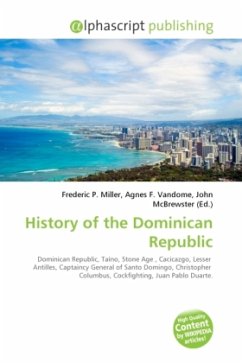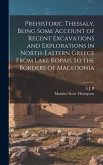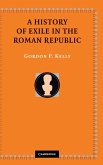High Quality Content by WIKIPEDIA articles! In antiquity, most of the territory that is now theRepublic of Macedonia was included in the kingdom of Paeonia, which was populated by the Paeonians, a people of Thracian origins, but also parts of ancient Illyria and Dardania, inhabited by various Illyrian peoples, and Lyncestis and Pelagonia populated by Molossian tribes. None of these had fixed boundaries; they were sometimes subject to the Kings of Macedon, and sometimes broke away. In 336 BC Philip II of Macedon conquered Upper Macedonia, including its northern part and southern Paeonia, which both now lie within the Republic of Macedonia. Philip's son Alexander the Great conquered the remainder of the region, reaching as far north as the Danube, and incorporated it in his empire. The Romans included most of the Republic in their Province of Macedonia, but the northernmost parts lay in Moesia; by the time of Diocletian, they had been subdivided, and the Republic was split between Macedonia Salutaris and Moesia prima.
Bitte wählen Sie Ihr Anliegen aus.
Rechnungen
Retourenschein anfordern
Bestellstatus
Storno








